Acne itself is a challenging condition to navigate, but the lasting impressions it leaves behind, particularly in the form of scars, can be a more daunting issue to tackle. Hyperpigmentation and deeply indented scars are common aftermaths of severe acne, and these pitted scars can be especially troublesome.
Addressing these scars requires a diverse array of treatments, and patience is key, as they often take a considerable amount of time to heal. In some instances, they may not fully disappear.
As a health professional, I understand the complexities involved in both preventing and treating pitted acne scars. In this comprehensive guide, I’ll share essential insights into managing these stubborn scars effectively.
Whether you’re looking to prevent future scarring or are seeking ways to treat existing scars, this article will provide you with the information you need to tackle those challenging acne marks.
Why Do They Happen?
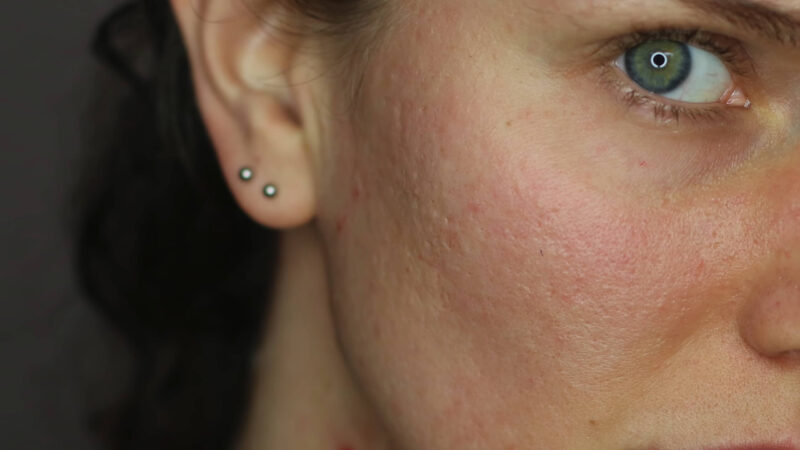
Not all cases of acne result in scarring, but it’s a significant concern for many, affecting up to 95% of individuals with acne. Understanding why these scars form is crucial.
Consultant dermatologist Dr. Sharon Wong explains that several factors influence whether acne leads to scarring. These factors include the type of acne, any instances of picking or squeezing the spots, and each individual’s unique healing tendencies.
However, Dr. Wong emphasizes that inflammation is the primary determinant in whether acne will leave a scar. Particularly, the deeper, inflamed cysts and nodules have a higher propensity to scar compared to whiteheads and blackheads, unless the latter are aggressively picked or squeezed.
The inflammation caused by acne damages the skin, initiating the wound healing process. This process impacts the production of melanin, a pigment, and collagen, a protein essential for skin repair. Overproduction of melanin can lead to dark marks or hyperpigmentation, while the disruption in collagen production can lead to various types of scarring.
Dr. Yoram Harth, a board-certified dermatologist and medical director of MDacne, notes that some individuals are more prone to scarring. In those with a tendency to scar, the skin may produce excess collagen fibers. This excess collagen can either pull the skin downwards, forming depressed atrophic acne scars, or, in some cases, lead to an overproduction of collagen, resulting in raised keloid scars.
Types

Acne scars are not all alike; they come in various forms, each with distinct characteristics.
There are two broad categories of acne scars:
- Hypertrophic and Keloid Scars: These are raised scars that stand above the surface of the surrounding skin.
- Atrophic Scars: More commonly seen, these scars are characterized by their pitted appearance, creating a depression in the skin.
Dr. Sharon Wong delves deeper into the classification of pitted, or atrophic, scars, identifying three specific types:
- Rolling Scars: These scars are relatively shallow and have soft, gentle edges. They create a wave-like, undulating contour on the skin.
- Box Scars: In contrast, box scars are wider and have sharply defined, angular edges.
- Ice Pick Scars: These scars appear as small, deep holes on the skin’s surface, resembling the puncture made by an ice pick or forming a V-like shape in profile, extending deep into the skin.
How To Reduce?
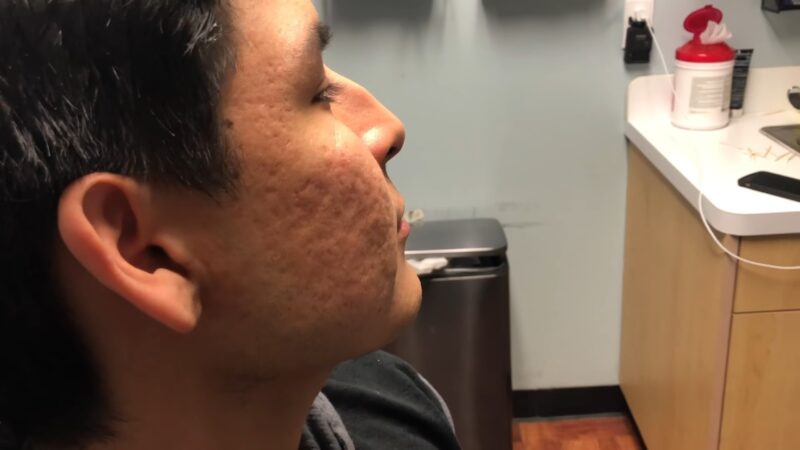
Although pitted acne scars may not vanish entirely, there are effective ways to reduce their appearance. It’s important to understand that these types of scars usually need professional treatment for significant improvement.
Dr. Yoram Harth emphasizes that while home remedies and natural products might seem appealing, they often have minimal impact on acne scars and dark spots, and may even irritate the skin or prove ineffective. However, he notes that post-acne pink spots generally fade on their own within 2 to 3 months once active acne is under control.
For darker acne marks, medical-grade products containing hydroquinone, arbutin, AHAs, BHAs, and retinoids can be effective. These products, along with daily use of SPF, are crucial in any skin care regimen.
Indented scarring, being more complex, often doesn’t respond well to regular skin care alone. Various professional treatments, including lasers, microneedling, and fillers, can be explored.
Dr. Sharon Wong underscores the importance of treating acne scars only after active acne has been addressed. This approach prevents the formation of new scars and avoids aggravating existing acne.
Combining different treatments, often alongside topical retinoids (which boost collagen production), is sometimes necessary for optimal results. Before embarking on any treatment, consultation with an experienced dermatologist is crucial.
Professional Treatments for Pitted Acne Scars
Lasers
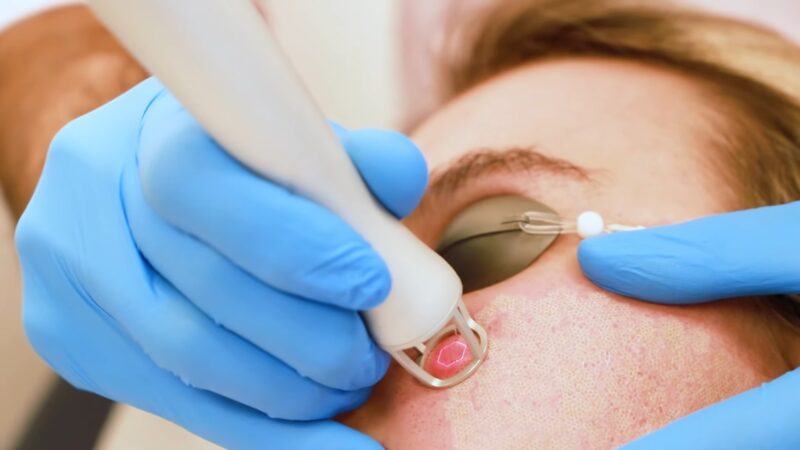
Laser resurfacing can be particularly effective for mild to moderate scarring. There are two types:
- Ablative Lasers: These remove a small layer of skin, leading to a smoother texture.
- Non-Ablative Lasers: These stimulate collagen production and repair skin damage through heat.
Chemical Peels
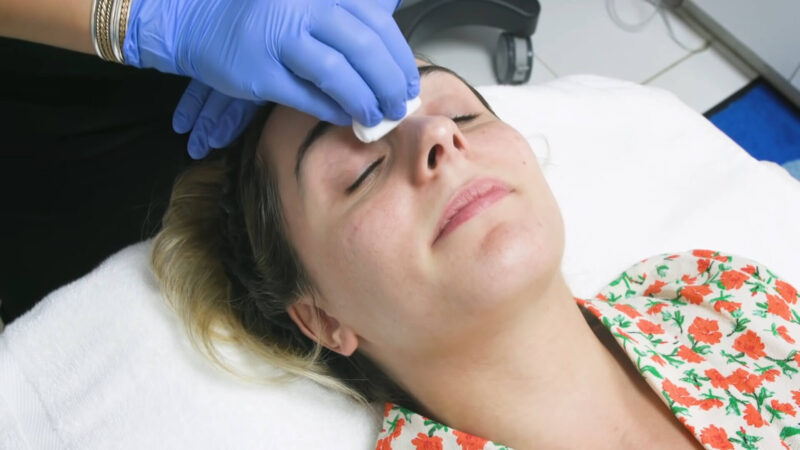
Performed by a dermatologist, chemical peels remove damaged skin layers, paving the way for rejuvenated skin. The type of chemical and concentration, such as glycolic acid or salicylic acid, depends on the scarring severity.
Dermabrasion
Similar to chemical peels, dermabrasion involves a laser or wire brush and penetrates deeper than microdermabrasion, making it more suitable for deeper scars.
Radiofrequency
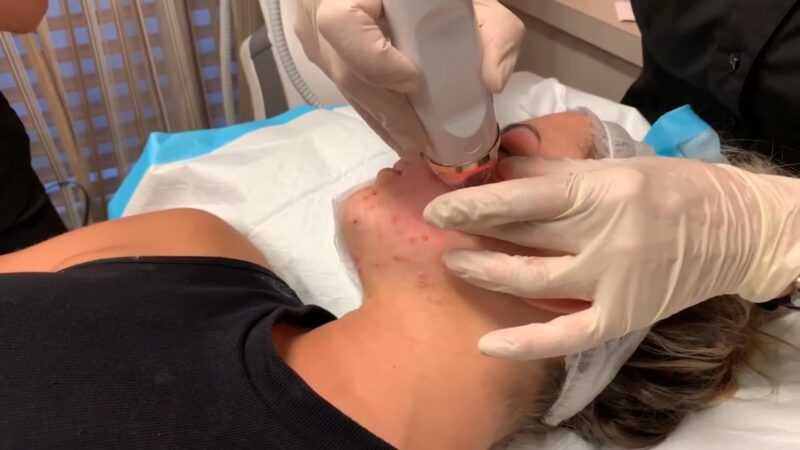
This method uses energy to trigger the skin’s healing response, producing collagen and reducing the visibility of pitted scarring. Often, it’s combined with microneedling, which creates small, superficial wounds.
Fillers
Fillers can fill in some scars, providing a more even skin texture, and are also used for cosmetic plumping.
Subcision
A surgical technique, subcision cuts the collagen bands under the skin that anchor atrophic scars, allowing the skin to rise and appear smoother.
Each of these treatments has its specific indications, benefits, and risks, which is why consulting a dermatologist before starting any treatment is paramount for safe and effective scar management.
How To Prevent?
Preventing pitted acne scars effectively starts with early and proactive treatment of active acne, as emphasized by Dr. Yoram Harth. Both Dr. Harth and Dr. Sharon Wong also highlight the crucial role of avoiding skin picking and pimple popping, as these habits significantly increase the risk of scarring.
To revamp your skincare routine for acne prevention, consider incorporating the following products:
SPF
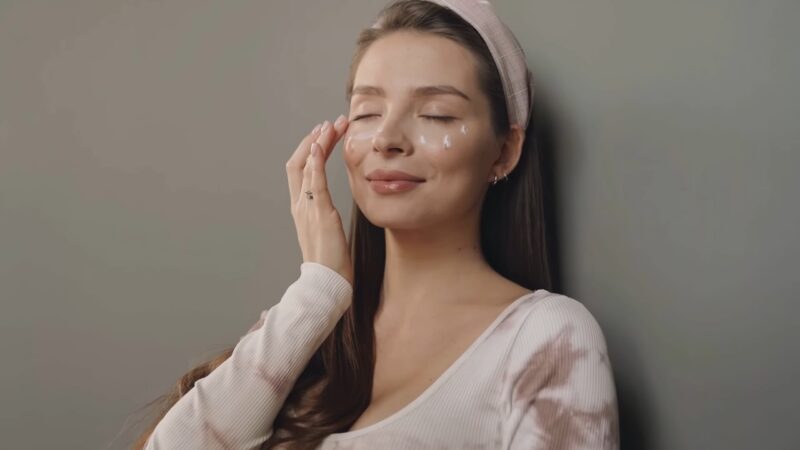
Dr. Harth advises using an oil-free sunscreen every morning to protect the skin. The American Academy of Dermatology recommends a broad-spectrum sunscreen with at least SPF 30.
Gentle Exfoliation
Managing acne without exacerbating inflammation is key. Gentle exfoliation helps in treating current breakouts and preventing future ones by keeping pores unclogged and promoting skin cell turnover. Rather than abrasive scrubs, choose chemical exfoliants. Look for cleansers and serums containing AHAs (like glycolic acid), BHAs (like salicylic acid), and retinols.
Prescription Medication
Dr. Wong suggests seeking prescription medication if over-the-counter acne treatments don’t show results after a couple of months. These treatments are usually more potent and can be tailored to your specific skin needs.
Frequently Asked Questions
Can diet affect acne scarring?
Yes, diet can influence acne and its scarring. Foods high in sugar and dairy have been linked to increased acne severity, which can lead to more scarring.
Are there any natural remedies effective for pitted acne scars?
While natural remedies are limited in effectiveness for pitted scars, maintaining a healthy diet and hydration can support overall skin health.
How long do acne scar treatments typically take to show results?
Results can vary, but most treatments take several weeks to months before significant improvements are noticeable.
Is it possible for acne scars to worsen over time without treatment?
Yes, without proper treatment and skincare, acne scars can become more pronounced, especially with continued sun exposure.
Can makeup worsen acne scars?
Certain makeup products, especially those that are oil-based, can clog pores and exacerbate acne, potentially leading to more scarring.
Are acne scars more common in certain skin types?
Acne scarring can occur in any skin type, but those with darker skin tones may be more prone to hyperpigmentation as a form of scarring.
Is there a specific age group more susceptible to acne scars?
Acne scars can affect individuals of any age, but they are more commonly seen in people who experience severe acne during adolescence.
The Bottom Line
Acne can leave various marks on the skin, including discoloration, indentation, or raised scars. There’s a range of treatments available to address these issues. For pitted scars, which are often challenging to treat without professional assistance, consulting with a dermatologist is the best initial step. This approach ensures a personalized treatment plan, potentially combining various methods for optimal results.

